House Centipedes

House centipedes may seem harmless, but they can be dangerous for those with allergies. These insects are known to produce allergens that can cause symptoms such as sneezing, runny nose, and itchy eyes. In severe cases, they can even trigger asthma attacks. The fear factor is amped up by the fact that house centipedes are fast-moving and have many legs, which can be disconcerting for some individuals.
Encountering a house centipede can be frightening, especially for those who are allergic to their allergens. It is important to take measures to prevent infestations and eliminate them as soon as possible to reduce the risk of exposure to their allergens.
Giant Japanese Hornet
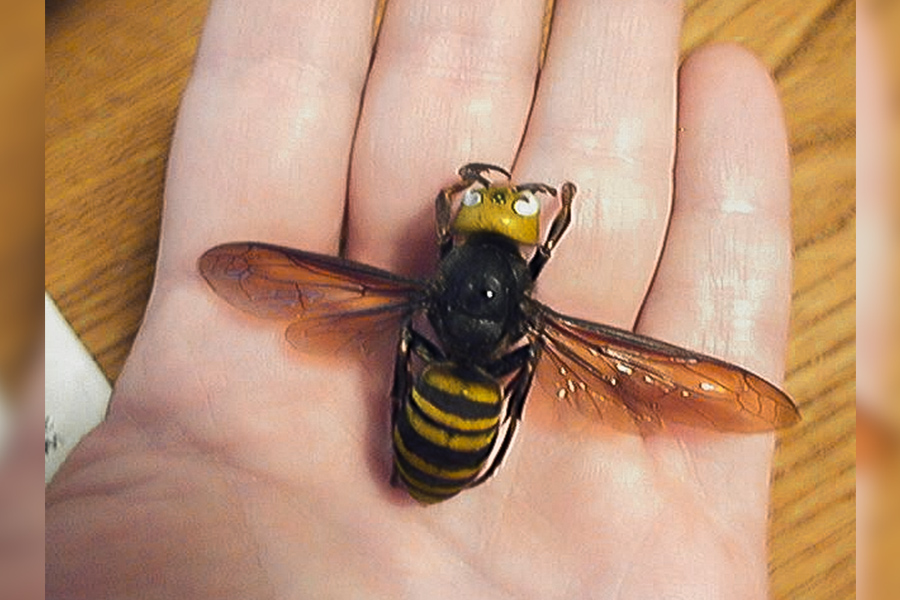
The giant Japanese hornet is one of the largest and deadliest hornets in the world. Its venom contains a potent cocktail of toxins that can cause severe pain, tissue damage, and even death. Their long, sharp mandibles and massive size make them formidable predators, capable of decimating entire colonies of bees in just a few hours.
Encountering a giant Japanese hornet should be taken seriously, as their sting can cause serious injury or even death. The fear factor is amped up by the fact that they can fly up to 25 mph, and their buzzing sound can be heard from far away. It is important to exercise caution and seek immediate medical attention if stung by one.
Black Spitting Thicktail Scorpion

The Black Spitting Thicktail Scorpion is a terrifying arachnid found in South Africa. Its jet-black coloration and thick, muscular tail are a warning of its lethal venom. This scorpion is known to be incredibly aggressive and will not hesitate to attack humans. Its venom contains neurotoxins that can cause excruciating pain, paralysis, and even death in some cases.
Its spitting ability is even more terrifying, as it can shoot its venom up to two meters away with deadly accuracy. Encountering a Black Spitting Thicktail Scorpion should be taken seriously, as its sting can cause serious injury or even death. It is important to exercise extreme caution and seek immediate medical attention if stung by one. The thought of being attacked and venom sprayed by a Black Spitting Thicktail Scorpion is truly terrifying.
Human Botflies
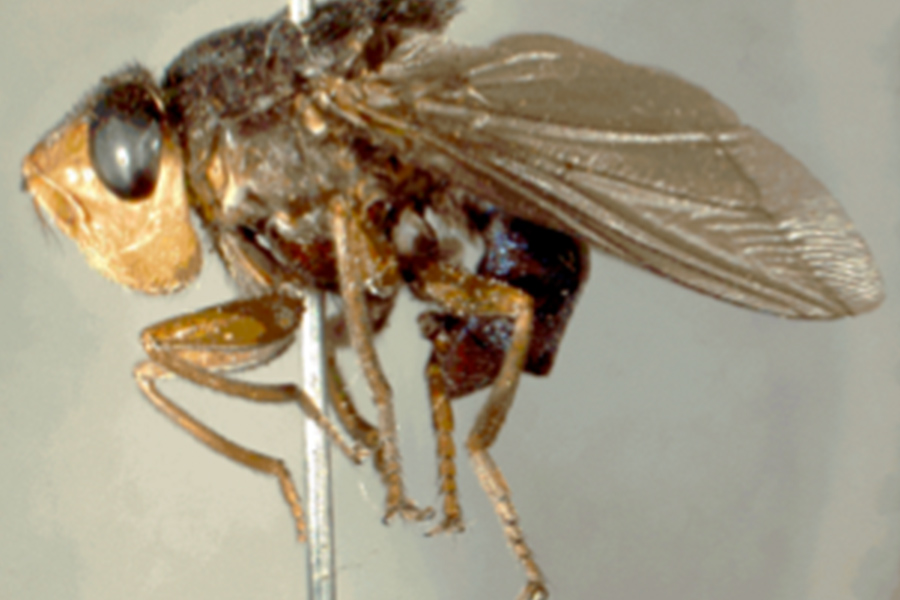
Botflies are a type of parasitic insect that lays its eggs on the skin of animals and humans. When the eggs hatch, the larvae burrow into the skin and start to feed on the host's flesh. The thought of having a live, wriggling creature inside your body is terrifying. Botflies can cause intense pain, itching, and infection. In severe cases, they can even cause tissue damage and death.
The fear factor is amped up by the fact that botflies are often difficult to detect and remove. Encountering a botfly should be taken seriously, as their infestation can cause serious harm. It is important to take measures to prevent infestations and seek immediate medical attention if infected.
Assassin Bugs

Assassin bugs are stealthy and deadly predators that use their long, sharp proboscis to inject their prey with a lethal venom. Their name alone is enough to send chills down one's spine. These creepy insects are known to be silent killers, lurking in the shadows and waiting for the perfect moment to strike.
Their bites can cause intense pain, swelling, and even paralysis. What's more, some species of assassin bugs are known to carry diseases that can be transmitted to humans. The thought of being attacked and paralyzed by an assassin bug is truly creepy, and encountering one should be taken seriously. It is important to exercise caution and seek immediate medical attention if bitten by one.
Bullet Ant
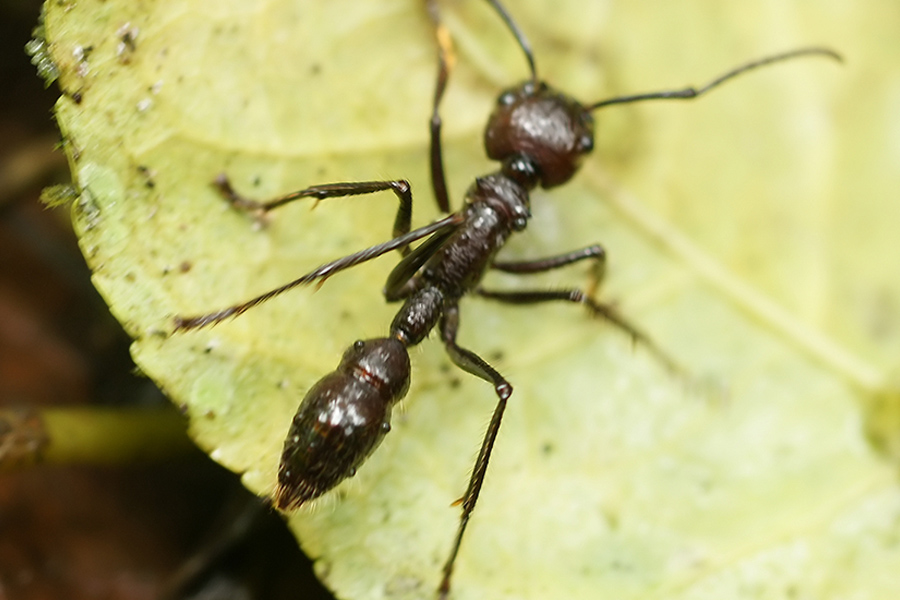
Bullet ants are considered the most painful insect in the world due to their incredibly potent venom. Their name comes from the feeling of being shot when bitten, with pain lasting up to 24 hours. The fear factor is amplified by their aggressive nature, large size, and the fact that they are known to swarm and attack in unison.
Encountering a bullet ant is a truly terrifying experience, as their sting can cause intense pain, swelling, and even anaphylactic shock in some cases. It is important to exercise caution and seek immediate medical attention if bitten by one of these dangerous insects.
Brazilian Wandering Spider
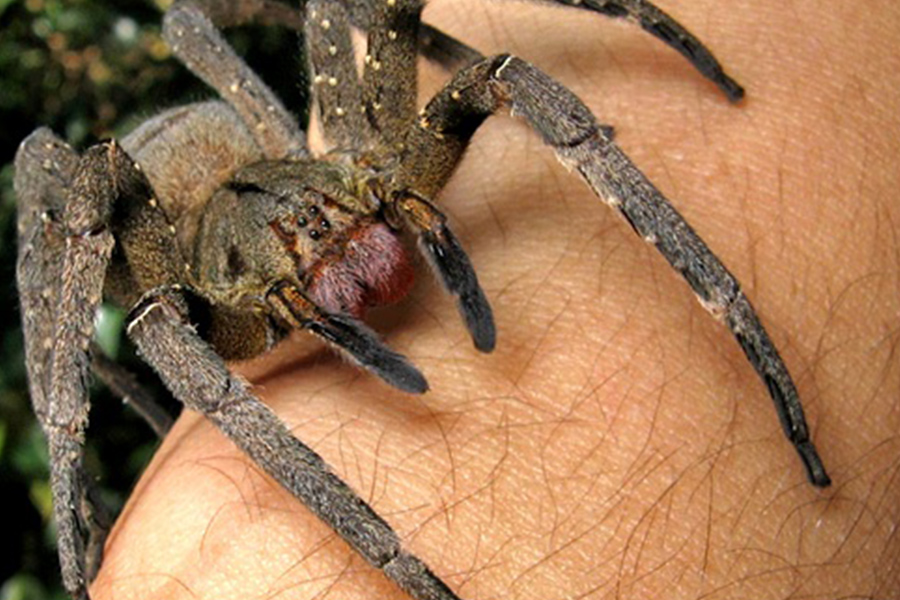
Brazilian Wandering Spiders, also known as "banana spiders," are considered the deadliest spider in the world. Their venom contains a potent neurotoxin that can cause muscle spasms, paralysis, and even death. What's more, they are highly aggressive and known for their wandering behavior, often hiding in unexpected places like shoes or clothing.
The fear factor is amped up by the fact that they are notoriously difficult to identify, and their venom is powerful enough to kill a human in just a few hours. Encountering a Brazilian Wandering Spider is a truly terrifying experience, and it is important to exercise extreme caution and seek immediate medical attention if bitten.
Anopheles Mosquito
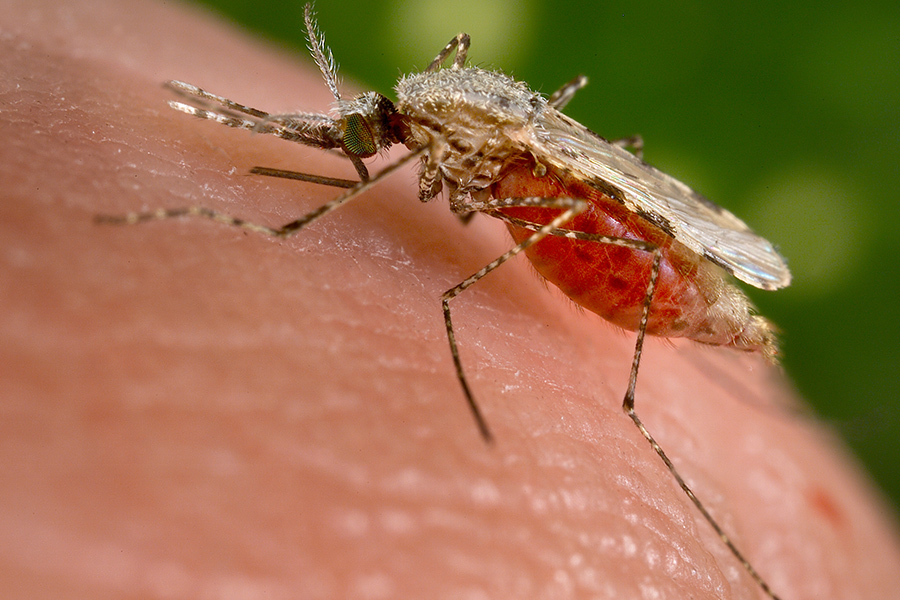
Anopheles Mosquitoes are dangerous due to their ability to transmit deadly diseases such as malaria, dengue fever, and Zika virus. These silent killers often strike at night, and their bites can go unnoticed for days. The consequences of being bitten by an Anopheles Mosquito can be severe, with symptoms ranging from fever and headache to organ failure and even death.
It is important to take preventive measures and exercise caution when in areas where these mosquitoes are present. If symptoms develop after a bite, immediate medical attention should be sought. The threat posed by Anopheles Mosquitoes should not be underestimated.
Rat Fleas
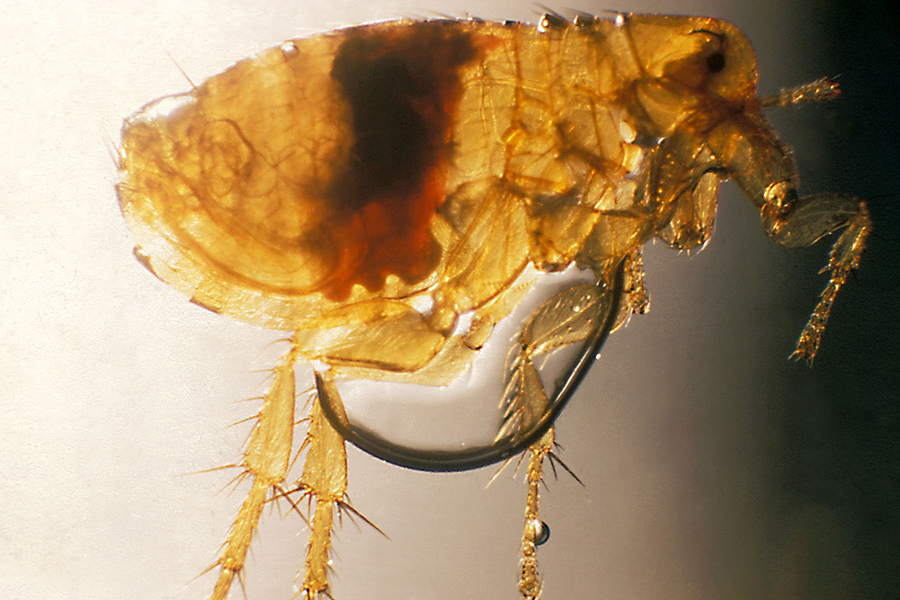
Rat fleas are a serious danger because they can transmit deadly diseases to humans. These fleas are commonly found on rats and can easily spread diseases such as bubonic plague, typhus, and Hantavirus through bites. The seriousness of the situation is heightened by the fact that these diseases can cause severe illness and even death.
Preventive measures, such as keeping a clean living environment and sealing up possible entry points for rats and fleas, are necessary to minimize the risk of infection. If bitten by a rat flea, seeking immediate medical attention is critical to receive proper treatment and prevent further complications.
African Honey Bee

African honey bees, also known as "killer bees," are a significant danger to humans due to their aggressive behavior and potent venom. They can swarm and attack when they perceive a threat, and their stings can cause severe allergic reactions that can be fatal in some cases.
The danger posed by African honey bees is amplified by the fact that they can be difficult to distinguish from other bee species, increasing the risk of accidental encounters. It is crucial to exercise caution when in areas where these bees are present and to seek immediate medical attention if stung.
Fire Ants

Fire ants are a danger due to their painful and potentially life-threatening stings. These aggressive ants will swarm and attack when their colony is disturbed, and their stings can cause severe allergic reactions in some individuals. Their venomous bites are often described as feeling like a burning sensation, hence their name.
Additionally, the threat posed by fire ants is amplified by the fact that their colonies can contain up to 250,000 ants, and they can be difficult to eradicate once established. It is crucial to exercise caution when in areas where fire ants are present and to seek medical attention immediately if stung.
Brown Recluse
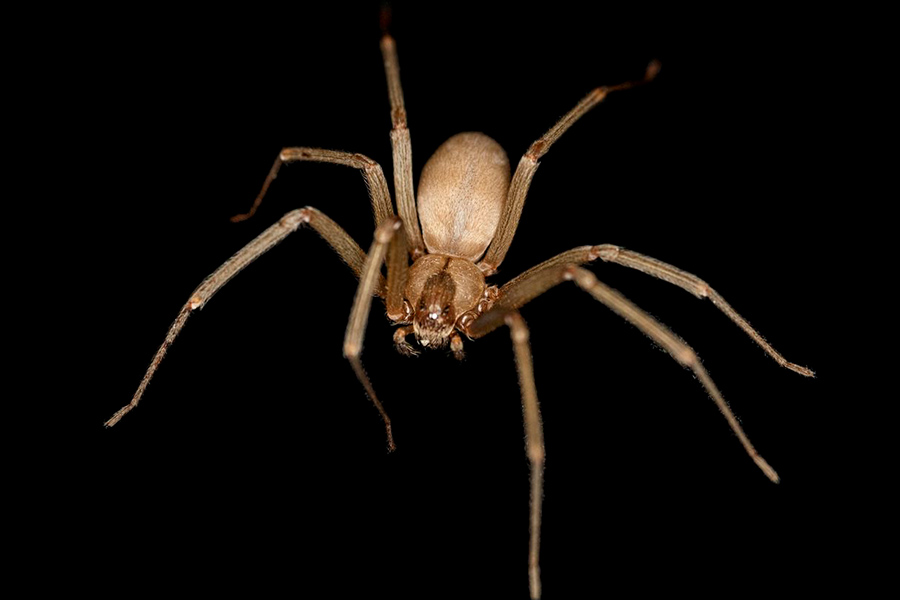
Brown recluse spiders are a significant danger to humans due to their venomous bite, which can cause necrotic lesions and even lead to death in rare cases. These spiders are known for their reclusive behavior and are often found in dark and undisturbed areas.
The danger posed by brown recluse spiders is amplified by the fact that their bites can often go unnoticed until it is too late, as they do not typically cause pain or swelling at first. It is crucial to seek medical attention immediately if bitten by a brown recluse spider to receive proper treatment and prevent further complications.
Siafu Ants
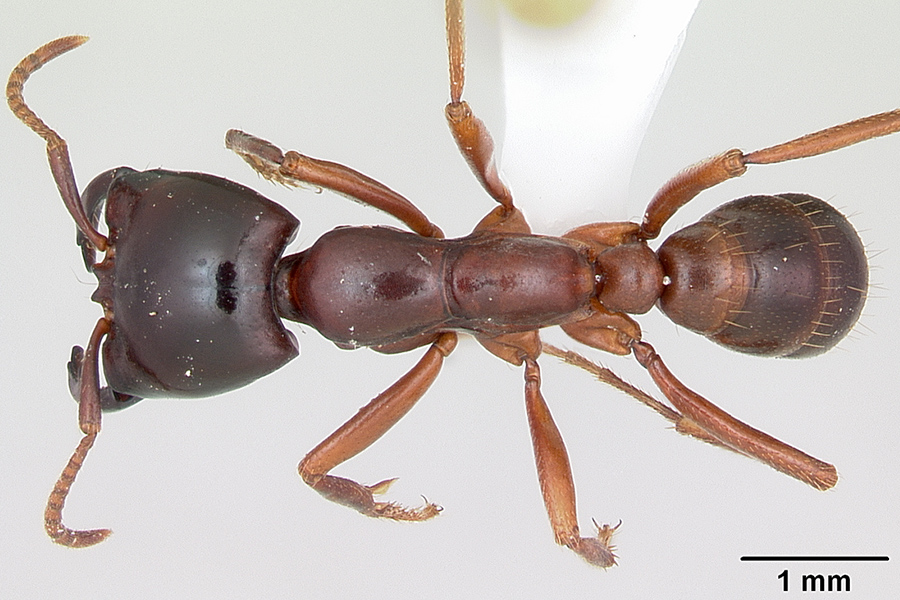
Siafu ants, also known as driver ants or safari ants, are a significant danger to humans due to their aggressive swarming behavior. These ants can form massive colonies of up to 20 million individuals and will swarm and attack anything in their path, including humans. Their powerful jaws can cause painful bites that can lead to severe allergic reactions and, in some cases, even death.
The danger posed by siafu ants is amplified by their ability to move quickly and silently, making it difficult to detect their presence until it is too late. It is crucial to exercise caution when in areas where these ants are present and to seek medical attention immediately if bitten.
Tsetse Fly

The tsetse fly is a significant danger to humans and animals in sub-Saharan Africa due to its ability to transmit the parasite that causes sleeping sickness or African trypanosomiasis. This disease can cause a range of symptoms, including fever, headache, joint pain, and fatigue, and can ultimately lead to coma and death if left untreated.
The tsetse fly's bite is often painless and can go unnoticed, making early diagnosis and treatment challenging. The danger posed by the tsetse fly is amplified by the fact that it is difficult to control, as it breeds in isolated and hard-to-reach areas. Preventive measures such as wearing protective clothing and using insect repellent are essential when traveling in tsetse fly-infested areas.
Deer Tick

Deer ticks, also known as black-legged ticks, are a significant danger to humans and pets due to their ability to transmit Lyme disease. This bacterial infection can cause a range of symptoms, including fever, headache, muscle and joint pain, and a characteristic bulls-eye rash. If left untreated, Lyme disease can lead to more severe complications, such as arthritis and neurological problems.
The danger posed by deer ticks is amplified by the fact that they are tiny and difficult to spot, and their bites are often painless. It is essential to take preventive measures such as wearing protective clothing and using insect repellent, as well as checking for ticks after spending time outdoors. Early diagnosis and treatment are critical in preventing severe complications from Lyme disease.
Black Widow

Black widow spiders are considered dangerous to humans because they possess a potent neurotoxin that can be harmful or even fatal to humans, especially children, elderly people, and those with compromised immune systems. Black widows are shiny black with a distinctive red hourglass shape on their abdomen.
Their venom affects the nervous system, causing muscle pain, cramps, spasms, sweating, and even paralysis. In severe cases, it can lead to seizures, difficulty breathing, and death. While black widow spiders are not aggressive and will only bite if they feel threatened, it is essential to exercise caution and seek medical attention immediately if bitten by one.
Red Velvet Ant

Red velvet ants, also known as "cow killers," are one of the most dangerous insects on the planet. Despite their name, they are not actually ants but rather a type of wasp, and their bright red and black coloring is a warning sign to potential predators. Their venom is so potent that it can cause excruciating pain, swelling, and paralysis.
The sting has been compared to that of a bullet ant and is said to be one of the most painful in the world. In addition to their powerful venom, red velvet ants are incredibly fast and agile, making them difficult to avoid or escape. Encountering a red velvet ant should be taken seriously, as their sting can cause serious injury or even death.
Blister Beetle

Blister beetles are one of the most dangerous insects that people can encounter. These insects secrete a chemical called cantharidin, which is highly toxic to humans and can cause severe blistering of the skin and mucous membranes. The chemical can also cause damage to internal organs, leading to kidney failure, seizures, and even death.
In addition, blister beetles are known for their voracious appetite and are capable of rapidly destroying entire fields of crops, making them a serious threat to agriculture. Encountering a blister beetle should be avoided at all costs, as their toxic secretions can cause serious harm and should only be handled by trained professionals with appropriate protective equipment.
Monarch Butterfly
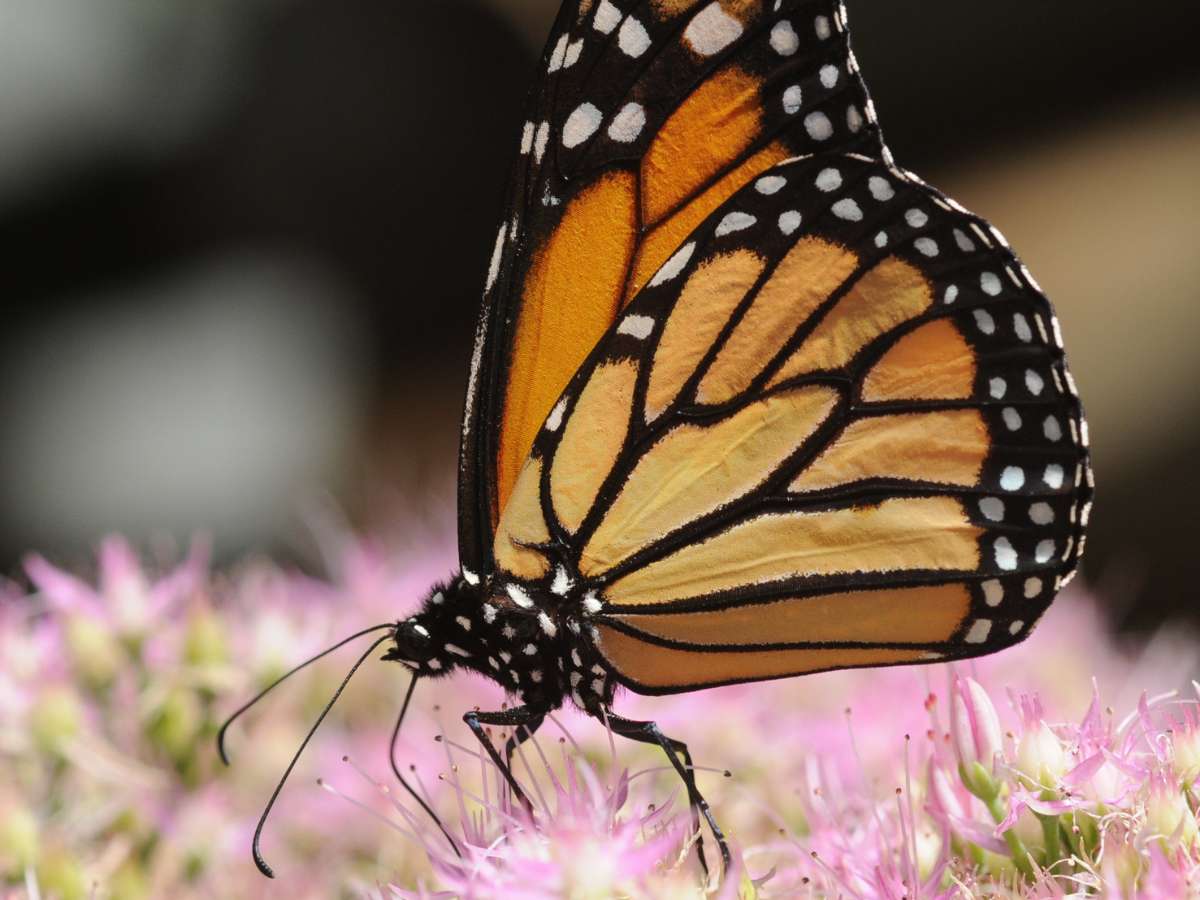
It may seem strange to see monarch butterflies on a list about dangerous insects, and, thankfully, 99% of the time these beautiful creatures pose no threats to humans whatsoever. However, if we're getting technical about things, these colorful butterflies do indeed pose a toxic risk to humans.
Monarch butterflies and catepillars produce chemicals known as cardenolides, which can be deadly to humans and other vertebrates in sufficient quantities. That being said, how many people do you know going around eating butterflies? This is definitely more of a theoretical risk than a practical one.
Indian Red Scorpion

The Indian red scorpion is considered one of the deadliest scorpions in the world, with venom that can cause excruciating pain, seizures, and even death. Its venom contains potent neurotoxins that target the nervous system, leading to muscle spasms, respiratory distress, and cardiac failure.
The scorpion's bright red coloring is a warning sign to potential predators of its toxic nature. Encountering an Indian red scorpion should be taken seriously, as its sting can cause serious injury or even death. They are known to be aggressive and will sting without hesitation if they feel threatened. It is important to exercise caution and seek medical attention immediately if stung by one.
Deathstalker Scorpion

The deathstalker scorpion is one of the deadliest scorpions in the world, with venom that is highly toxic to humans. Its venom contains a potent combination of neurotoxins that target the nervous system, causing symptoms such as excruciating pain, seizures, and even death. The deathstalker scorpion is known for its aggressive behavior and fast movements, making it difficult to avoid or escape.
Its bright yellow coloring is a warning sign to potential predators of its toxic nature. Encountering a deathstalker scorpion should be taken seriously, as its sting can cause serious injury or even death. It is important to exercise caution and seek medical attention immediately if stung by one.
German Yellowjacket
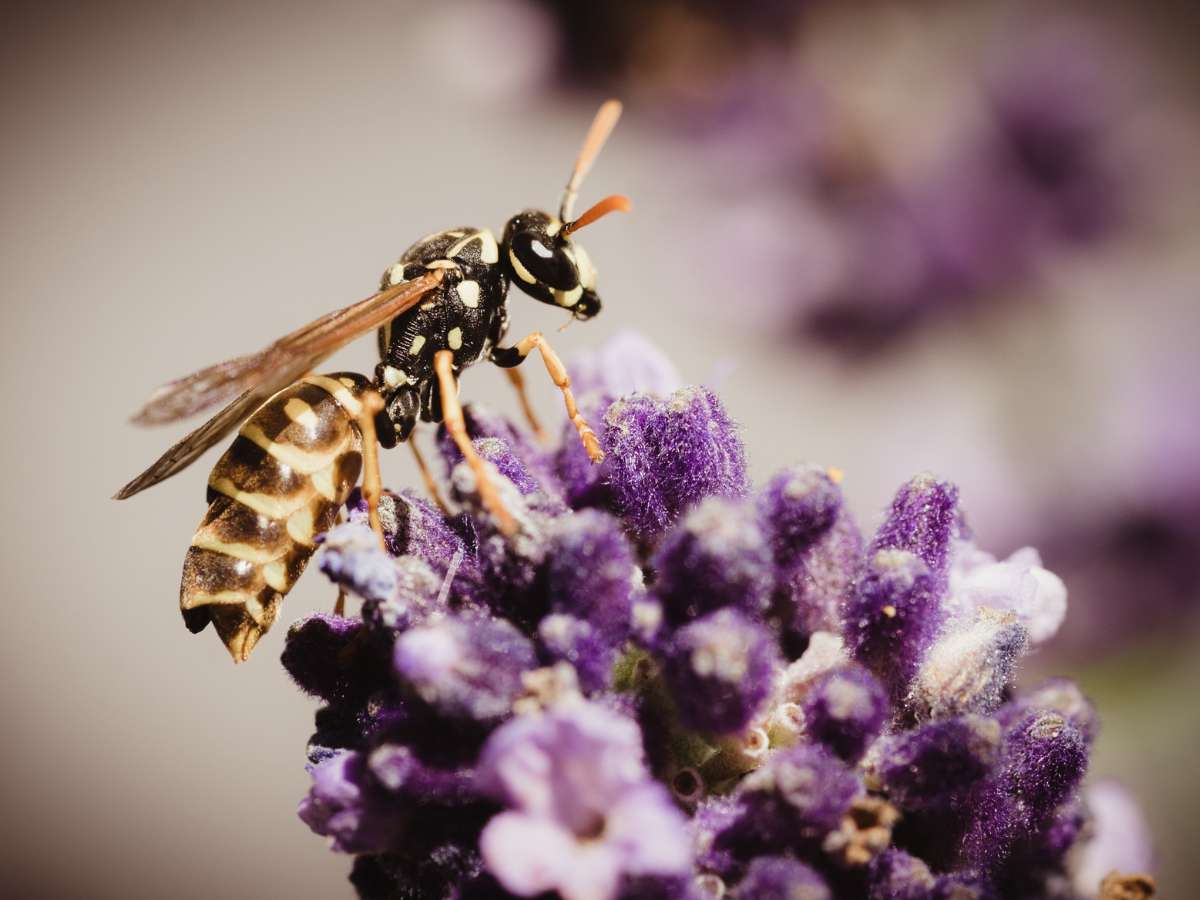
The German yellowjacket is a highly aggressive and territorial species of wasp that is known for its painful and dangerous sting. They are capable of stinging repeatedly and will attack in swarms if their nest or territory is threatened. Their venom contains a potent cocktail of toxins that can cause allergic reactions, anaphylaxis, and even death in some cases.
Their black and yellow striped appearance is a warning sign to potential predators of their aggressive nature. Encountering a German yellowjacket should be taken seriously, as their sting can cause serious injury or even death. It is important to exercise caution and seek medical attention immediately if stung by one.
Cockroach

Cockroaches are not only disgusting and creepy, but they also pose significant health risks to humans. These insects are known carriers of disease-causing bacteria, such as salmonella and E.coli, as well as parasites like tapeworms and lice. They are also capable of triggering allergic reactions and asthma attacks in sensitive individuals.
Cockroaches are incredibly resilient and can survive in a wide range of environments, making them difficult to eradicate once they infest a home or building. Encountering a cockroach should be taken seriously, as they can spread disease and cause serious health problems. It is important to take measures to prevent infestations and eliminate them as soon as possible.
Saddleback Caterpillar
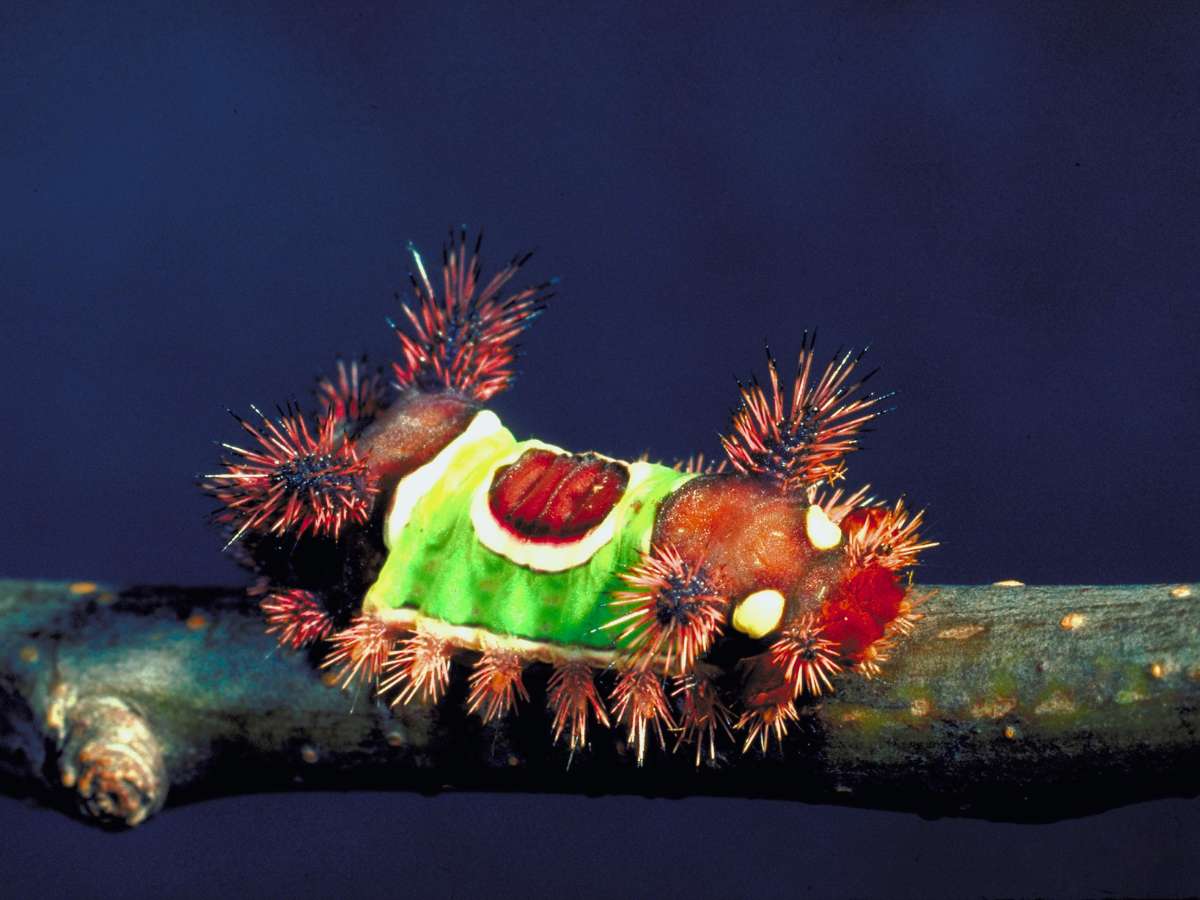
The saddleback caterpillar may look cute with its bright green and brown appearance, but it is actually one of the most dangerous caterpillars in the world. Its spiny protrusions are covered in venomous hairs that can cause excruciating pain, swelling, and nausea. The venom can also cause severe allergic reactions and even death in some cases.
The saddleback caterpillar is found in North America and can be easily mistaken for a harmless species. Encountering a saddleback caterpillar should be taken seriously, as its sting can cause serious injury or even death. It is important to seek medical attention immediately if stung by one.
Tarantula Hawk
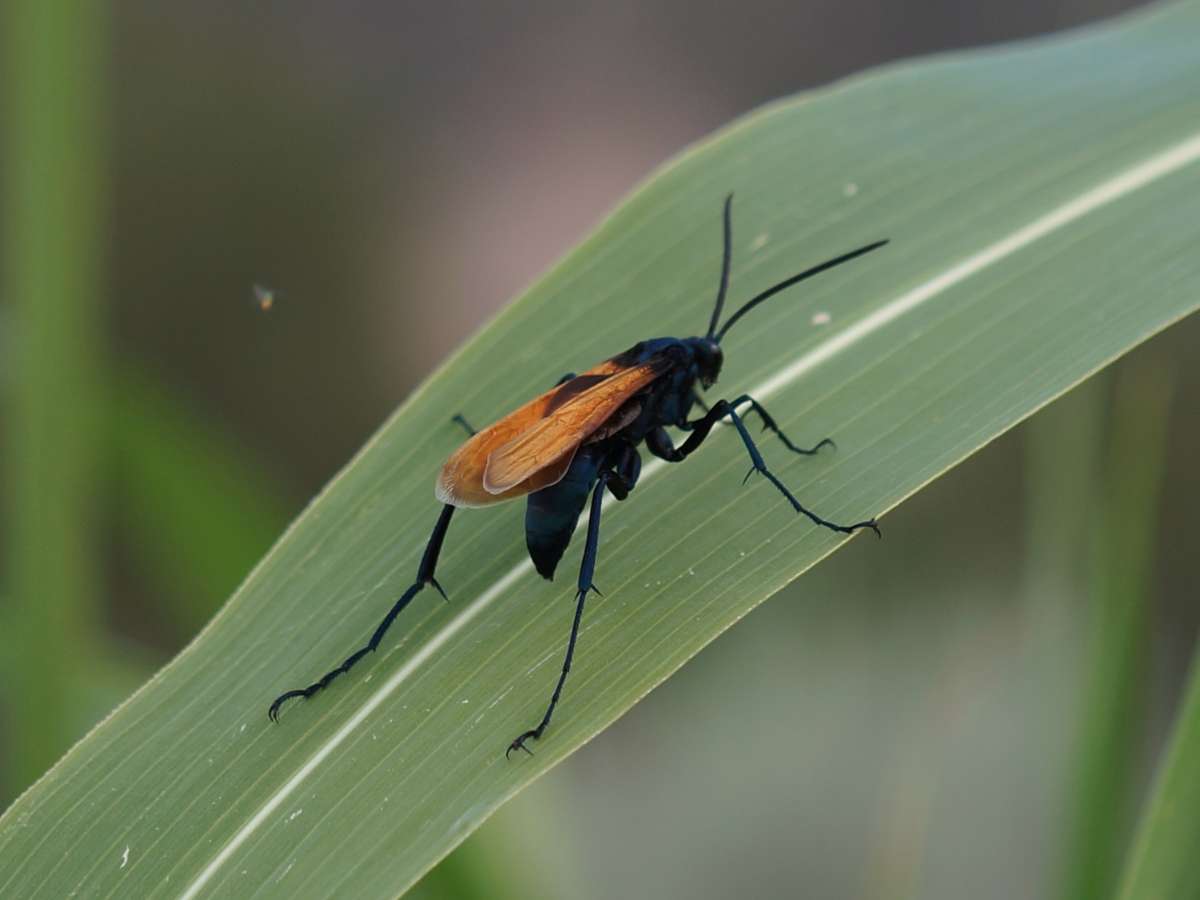
The tarantula hawk is a giant wasp that preys on tarantulas, and its sting is considered one of the most painful in the world. The wasp's venom contains a neurotoxin that targets the nervous system, causing intense pain and paralysis. The tarantula hawk's black and orange coloration is a warning sign to potential predators of its toxic nature.
Encountering a tarantula hawk should be taken seriously, as its sting can cause serious injury or even death. It is important to exercise caution and seek medical attention immediately if stung by one. The thought of being stung by a giant wasp while defending a tarantula is a terrifying prospect.
 Author
Sherrill Dean
Last Updated: November 21, 2025
Author
Sherrill Dean
Last Updated: November 21, 2025